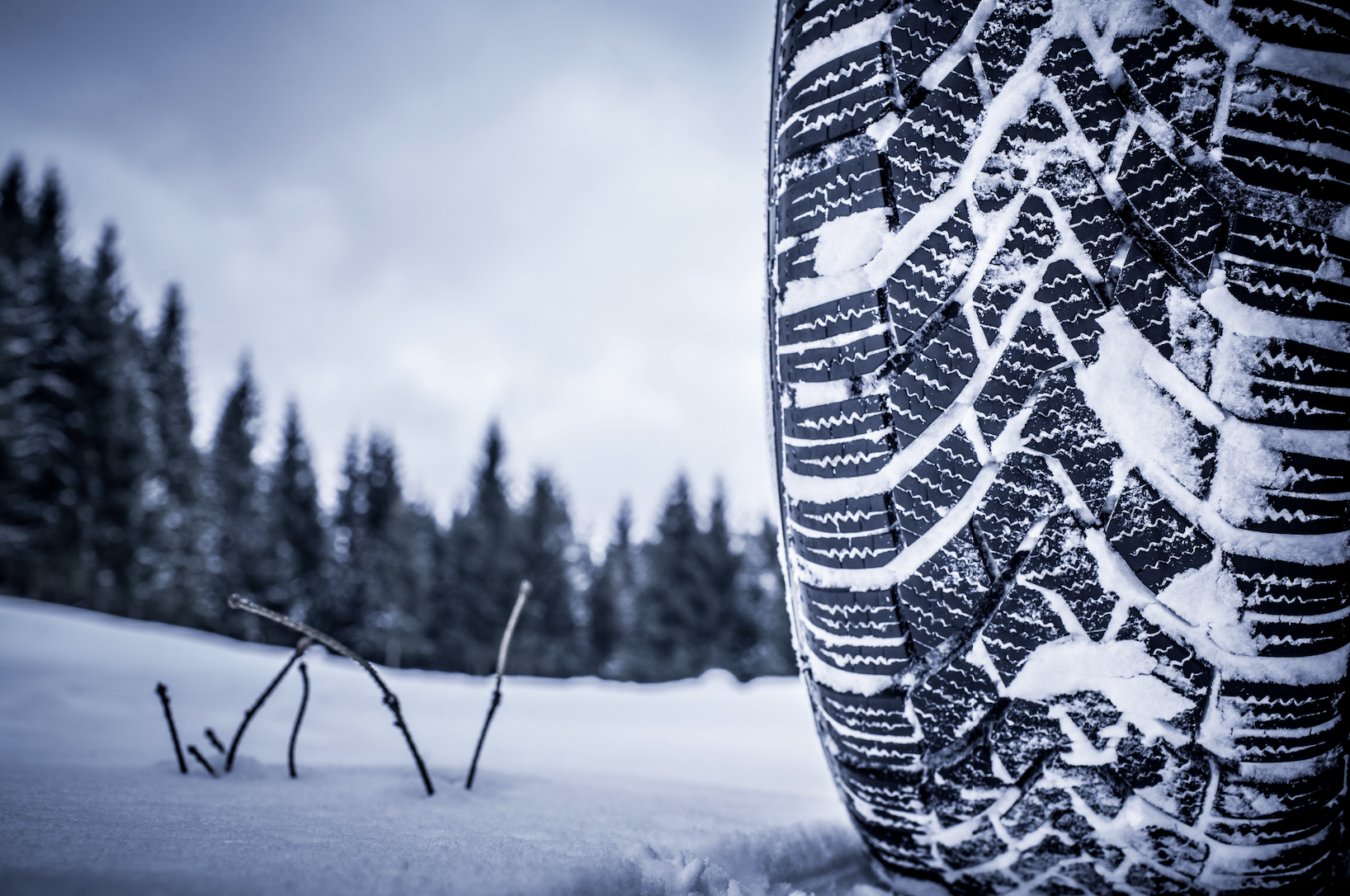Now the clocks have turned back, we all know that winter is fast approaching, so now is the time to consider treacherous driving conditions that can occur. Knowing that you have a journey in the snow and ice can be worrying, especially if your trip can not be delayed. With some simple tips and the right equipment in the car, you will be in a better position, but still, if journeys can be avoided, then it is always safer to avoid driving in icy weather.
Before you start your trip in icy conditions, it is vital that you do all you can to make your journey as safe and stress-free as possible.
Preparation is key
Before you embark on your journey across icy roads, you should consider a few things to make it less dangerous.
Time and route planning
It is crucial to take note of any local weather forecasts and adjust your journey accordingly. If you can delay your journey, then that would be wise, but if not, having knowledge of the weather along your route can help. Make sure you know where you will be travelling to and look at busier roads if possible, as they have the most chance of being cleared or gritted. Small country lanes should be avoided, as it is challenging to see passing laybys or road markings, and they are less likely to be gritted. Give yourself extra time for your journey just in case of having to reroute past snow-blocked areas; this will also stop you from worrying and taking risks with speed.
Let others know of your journey
You must let others know about your journey and your expected arrival time, so they can check in with you if you are late or stuck in icy or snowy conditions.
Mobile phones
Make sure your mobile phone is charged, and when possible, carry a charger in the car, as you don’t want to be stuck with no way of calling for help.
Breakdown and recovery
While most people will have a breakdown and recovery package with their car insurance, if you do not have this, it is worthwhile considering as being recovered from an icy and snowy bank can be costly.
Keep an emergency kit in the car
A simple emergency kit in the car will always be very advisable. Here are the things to keep in your emergency kit:
Breakdown or recovery numbers
Warm blanket
Water
Snacks
Warning triangle
Torch
Snow tyres or snow socks if your area is a place that has adverse weather often.
Clear vision
As well as being a finable offence, not demisting or completely clearing your windows from snow and ice can be very dangerous. Always make sure your car has full all-around vision before setting off, and if caught in a heavy snow downfall, pull over and clean your windows if needed.
Leave space
In snowy or icy weather, leave extra space between you and the vehicle in front. This is vital, as your stopping and braking distances are much (much) longer than in dry weather. Once your tyres are compacted with snow, they will have massively reduced grip.

Driving smoothly
When driving on snow and ice, try to keep your acceleration, braking and gear changes as smooth as possible, as sudden jerky movements can send the car quickly into a skid.
Skid control
If you are heading into a skid situation, it is crucial to keep calm and steer into the skid. Do not jerk at the steering wheel, as this can worsen a skid. Be warned – while turning into a skid helps in more favourable conditions, in snow and ice it may not always be that useful due to the sheer lack of trye grip available.
Higher gears
Stay in the highest gear you can, as this will help with traction when driving on snow and ice. Even if you are moving slowly, select the highest gear you can without causing the car to stall.
Forward planning and observations
When driving in icy or snowy weather, it is more important than ever to ensure you are looking as far into the distance as possible to avoid any breakdowns on the side of the road or other road users in difficulties. The last thing you need is to be caught up in another driver’s skid. Always be aware that another vehicle can cause a problem in front of you and leave far more space than usual. Most drivers will be at a reduced speed, and pedestrians may be crossing a road much slower than normal.
Try not to stop on a hill
If you are facing a hill ahead, then carefully watch how the route moves. If it looks like there is a possibility of having to stop, it is wise to slow down and stop on the flat road than be caught halfway up a hill with no traction to move you forward.
We offer a winter driving course for companies and private individuals who wish to become safer drivers in winter.

